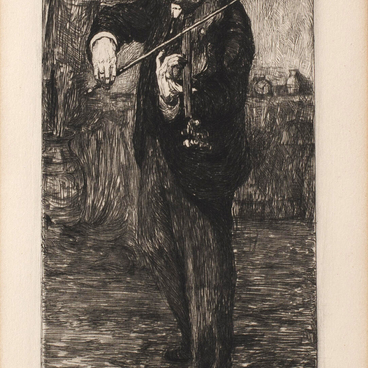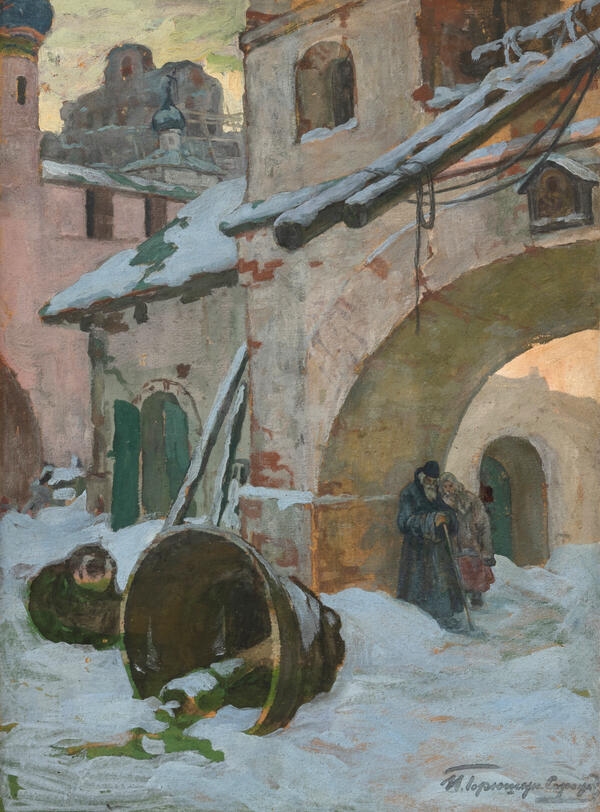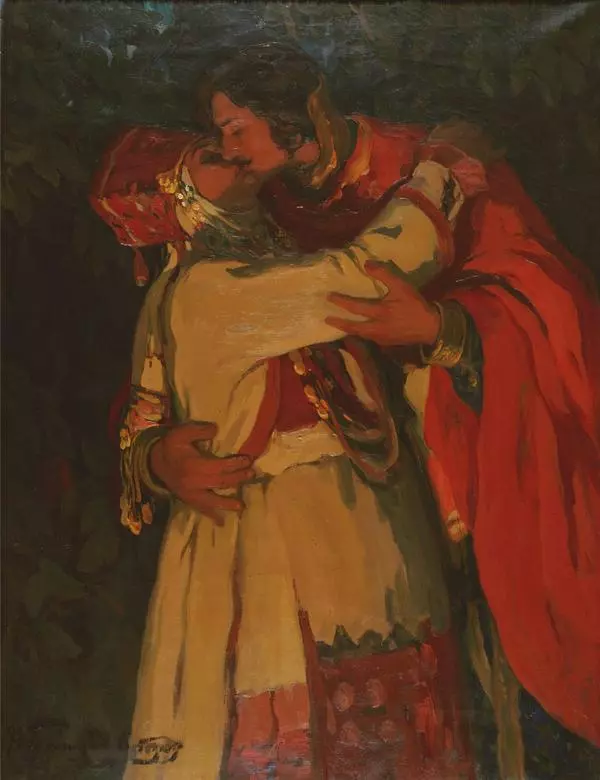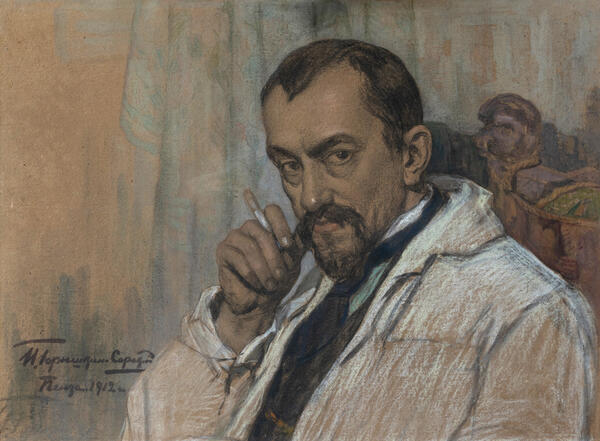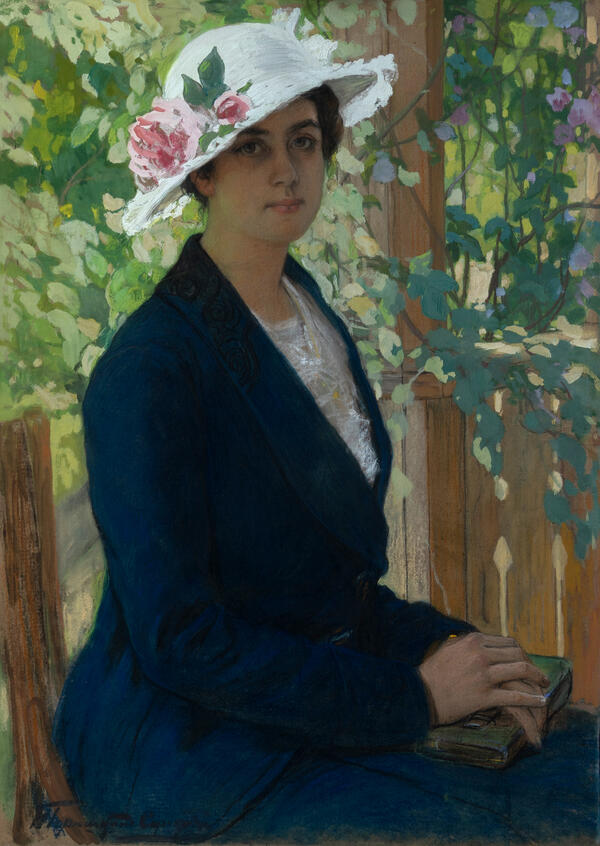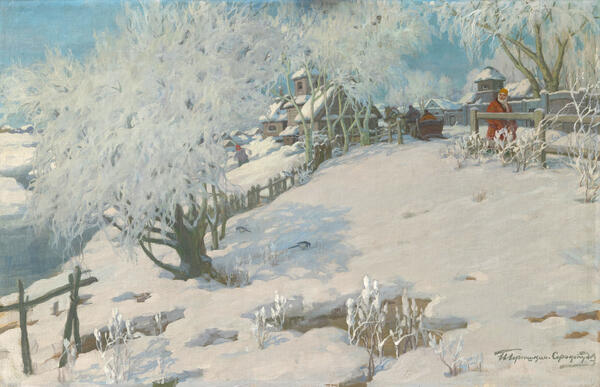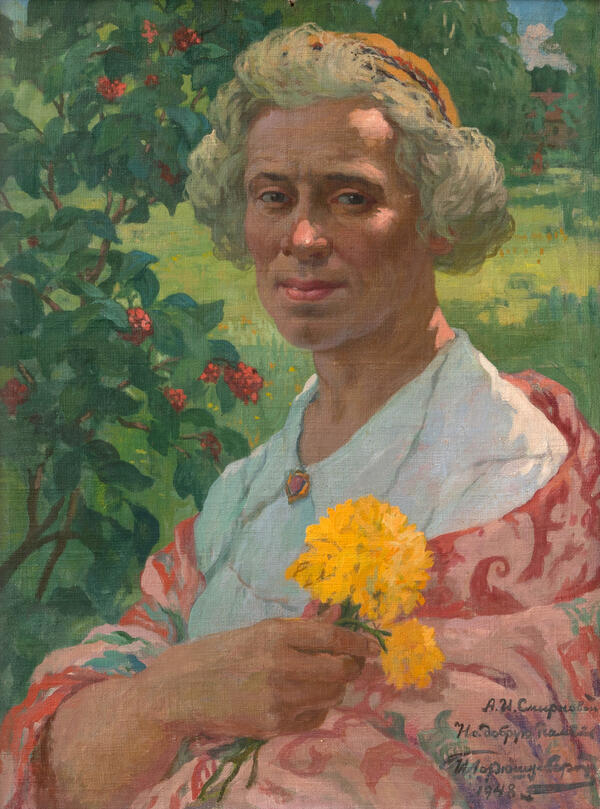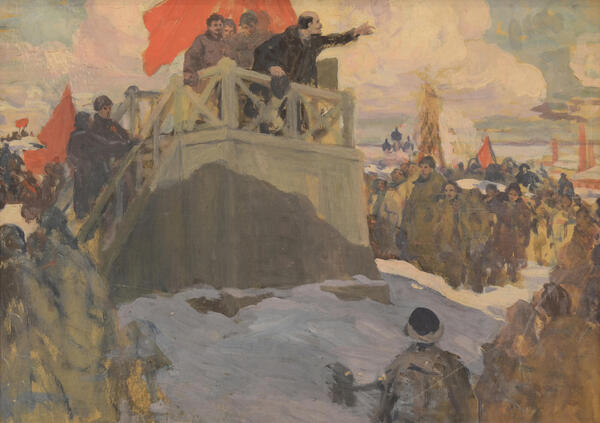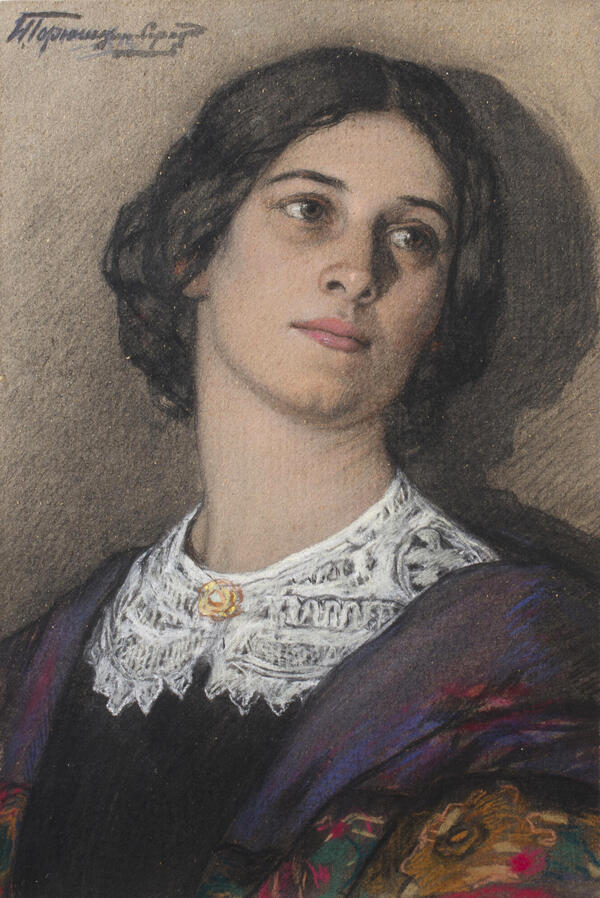The Russian artist Ivan Silych Goryushkin-Sorokopudov was inspired by the colorful households of the patriarchal era with its unique way of life, the beautiful Russian nature, and the distinct Russian national character. He was fascinated with everything spectacular, decorative, and elegant — all that he saw as manifestations of folk taste and aesthetics.
The artist achieved widespread recognition with his genre scenes. Their reproductions were regularly published in magazines such as “Niva” (Grainfield), “Solntse Rossii” (The Sun of Russia), and “Stolitsa and Usadba” (The Capital and the Mansion) in the early 20th century. By celebrating old Russia, with its customs and traditions, Ivan Goryushkin-Sorokopudov contributed to the revival of interest in history among his contemporaries. His works can be called illustrations of Russian cultural heritage.
Ivan Goryushkin-Sorokopudov also gained popularity as a book illustrator. In particular, he repeatedly turned for inspiration to the epic poem “The Tale of Igor’s Campaign”. It was where he found many images for his paintings. It is no wonder that the artist turned his attention to history. He believed that the past contained important lessons for the present. He also sought to preserve the beauty of Russian culture and the strong time-tested traditions of the people.
In his painting “Prince Igor”, completed in 1912, the artist showed that despite all the hardships, Russian people remained true to their essence throughout the centuries. The painting featured antique costumes, furniture, and utensils that had not lost their aesthetic value over time. To show all of that, Ivan Goryushkin-Sorokopudov created this storytelling painting with a unique compositional and coloristic solution.
“Prince Igor” is a romanticized image of a warrior. In the center of the picture, there is a waist-length image of a middle-aged man. He is turned three-quarters to the left with his arms folded across his chest. Wearing a cloak that almost burns with cinnabar, the figure stands out against the dark background of dark emerald foliage. The artist highlighted the red cloak with golden-yellow trim. On his head, the prince wears a helmet with an aventail — a curtain of mail that protects the neck.

